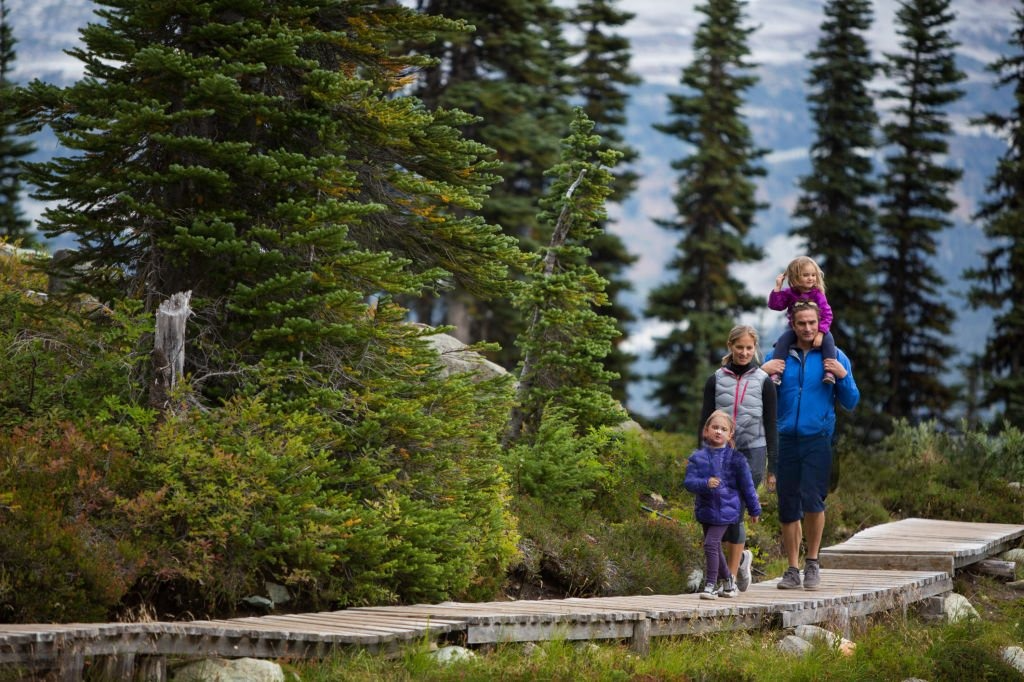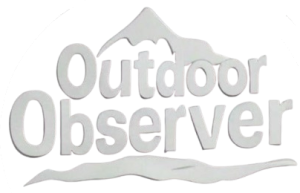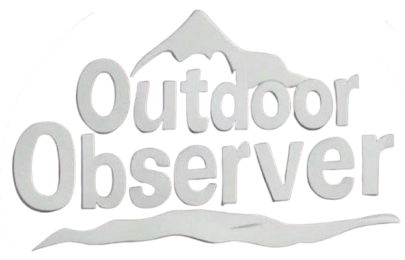This Content Is Only For Subscribers
Picture yourself hiking in Yosemite National Park, the scent of pine in the air, only to stumble upon a pile of discarded water bottles and snack wrappers—a silent scar left by countless adventurers. The outdoor industry fuels our passion for nature, from scaling peaks to camping under the stars, but its growth comes at a heavy cost: a ballooning carbon footprint that’s choking the planet. The United Nations Environment Programme (UNEP) reports that tourism, including outdoor activities, accounts for 8% of global greenhouse gas emissions. Glaciers are melting faster, forests are shrinking, and in the midst of this crisis, a hidden group bears the brunt: the overlooked communities who depend on this industry for survival. They’re the “hidden beneficiaries”—and victims—of our outdoor obsession. Can we shrink our carbon footprint without leaving them behind? Let’s dive into this challenge and find a path forward together.
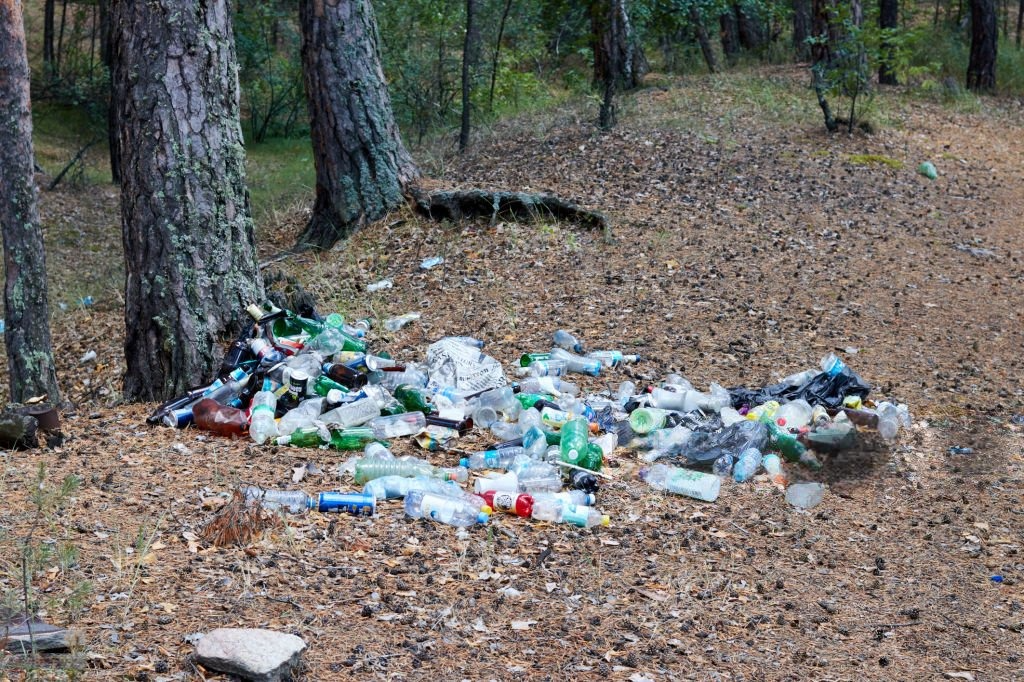
Ever felt the sting of guilt spotting trash on a pristine trail in the Smoky Mountains, or watched a news clip of wildfires ravaging California’s redwoods? That’s the harsh reality of the outdoor industry’s carbon footprint. Every flight to a bucket-list destination, every piece of synthetic gear churned out in factories, even the campfire you lit last weekend—it all adds up, leaving nature gasping for air. The UNEP estimates that tourism pumps out 4.5 billion tons of CO2 annually, with outdoor activities playing a big role. Take Mount Everest: climbers leave behind 12 tons of trash yearly, speeding up glacial melt by 20%, turning sacred peaks into wounded giants. Here in the U.S., our love for adventure isn’t slowing down—the outdoor industry hit $500 billion in 2023 and is projected to soar past $700 billion by 2030. But this growth comes with a catch: the environmental damage is irreversible, and the heaviest burden falls on the most vulnerable communities, far from our trails and campsites.
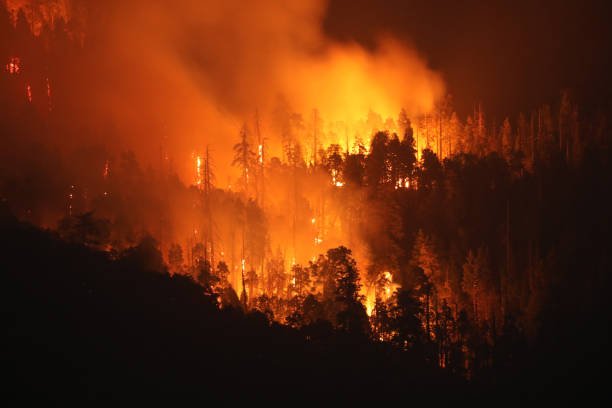
In the shadow of Nepal’s Everest, Sherpa guides haul 100-pound loads for climbers, earning up to 70% of their family’s income—but melting glaciers threaten their villages’ water supply. In Peru, Amazonian indigenous communities sell crafts to outdoor expedition groups, only to watch deforestation destroy their ancestral lands. These marginalized groups are the outdoor industry’s “hidden beneficiaries,” reaping economic benefits from our adventures while suffering the fallout of environmental decline.
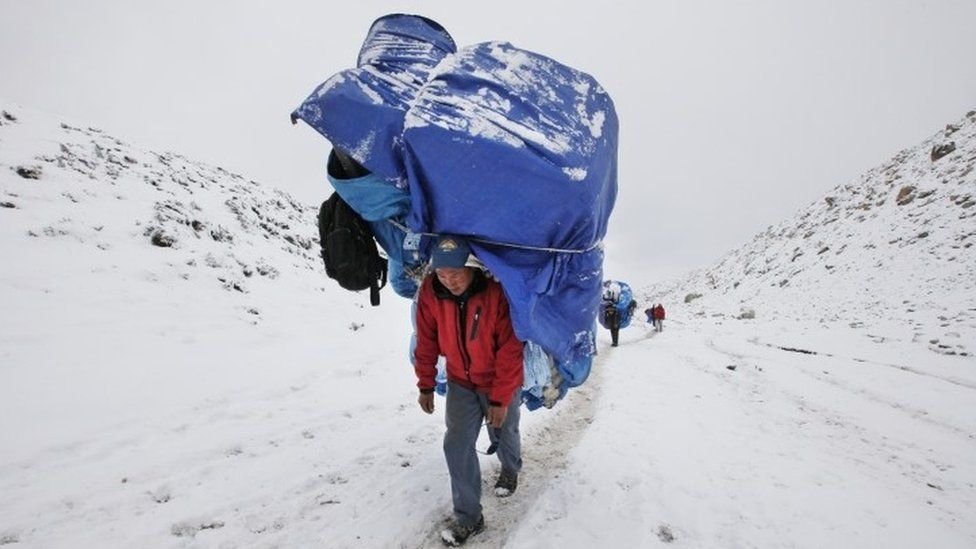
But is the outdoor industry their only lifeline? Not quite. For Sherpas, farming and herding were once viable, but climate change has slashed crop yields, pushing them toward tourism as a primary income source. In the Amazon, indigenous fishing and hunting traditions have been eroded by ecological damage, leaving tourism as a fallback. Here’s the catch: environmental decline doesn’t just hurt their homes—it hits their wallets. In Nepal, climate-driven tourist declines have cut some guides’ earnings by 30%. Contrast that with places like Colorado’s Rocky Mountain towns, where strict conservation has boosted tourism, increasing local guide incomes by 20%. The lesson is clear: a healthier environment means more visitors, and more visitors mean better livelihoods for these communities. Protecting nature isn’t just about saving the planet—it’s about securing their future, too. The outdoor industry must step up, ensuring that cutting carbon doesn’t come at the expense of those who depend on it most.
Slowing the outdoor industry’s carbon footprint while supporting marginalized communities requires a “fair green” approach. Brands like Patagonia are already leading the way—using renewable energy in production and sourcing sustainable materials from local communities, creating new jobs for those on the margins. As adventurers, we can make a difference too: opt for train travel over flights to national parks, or join “community tourism” programs that funnel your dollars directly into local conservation and education efforts.
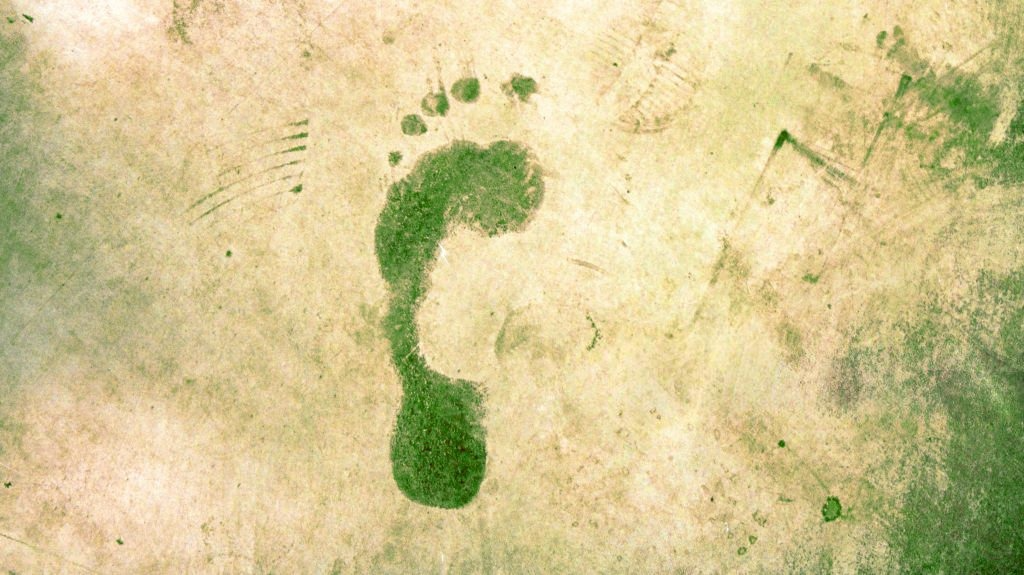
Take Costa Rica as a model: their ecotourism initiatives channel 30% of tourism revenue into community projects, preserving 80% of their rainforests while providing steady income for indigenous groups. The outdoor industry could adopt this blueprint, launching a “Trailblazers Eco Fund” to support conservation projects led by marginalized communities. On the ground, we can all commit to “Leave No Trace” principles—packing out trash, minimizing energy use, and respecting the land. These steps don’t just shrink our carbon footprint; they ensure that communities on the frontlines of our adventures can thrive in a sustainable tourism economy.
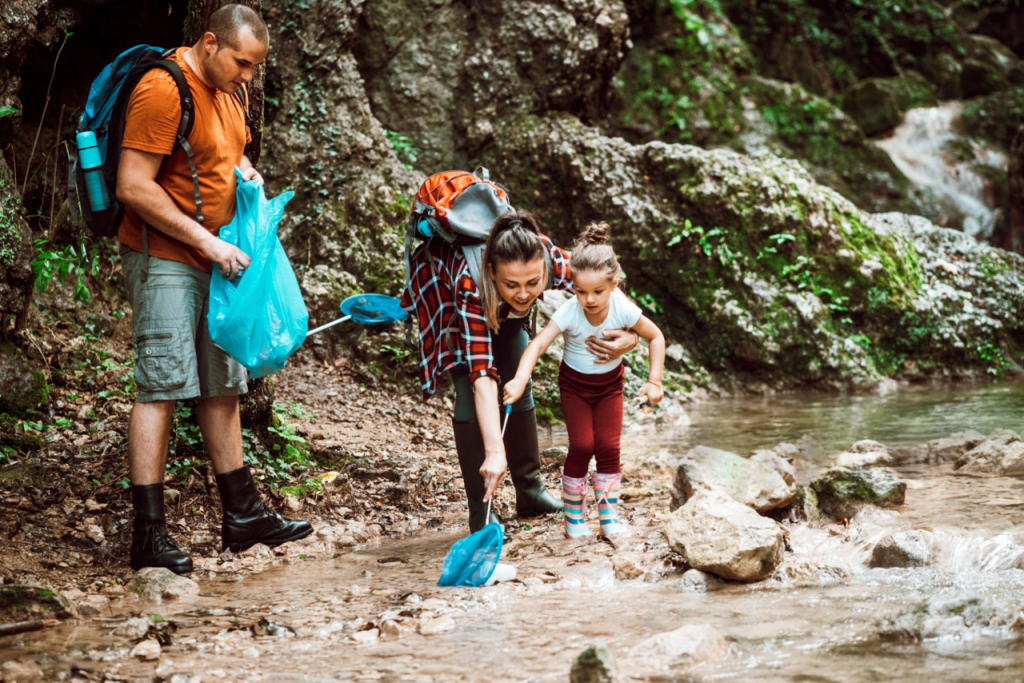
The outdoor industry’s carbon footprint is a shared challenge, but every action you take plants a seed of hope. Start small: choose a local hike over a far-flung trip, or buy gear from sustainable brands that support fair trade. Join the “Trailblazers Eco Pledge,” committing to one community cleanup each year, or shop directly from indigenous artisans to bolster their livelihoods. The true reward isn’t just a cleaner planet—it’s the deep satisfaction of knowing your choices matter. Picture the joy of helping a Sherpa family access clean water, or an Amazonian child learning in a school you helped fund. Some seeds you plant will grow into mighty oaks, inspiring others to join this movement. As “Trailbreakers of Insight,” your actions ripple outward, building a future where nature and its guardians flourish. Let’s act today, and feel the pride of making a difference tomorrow.
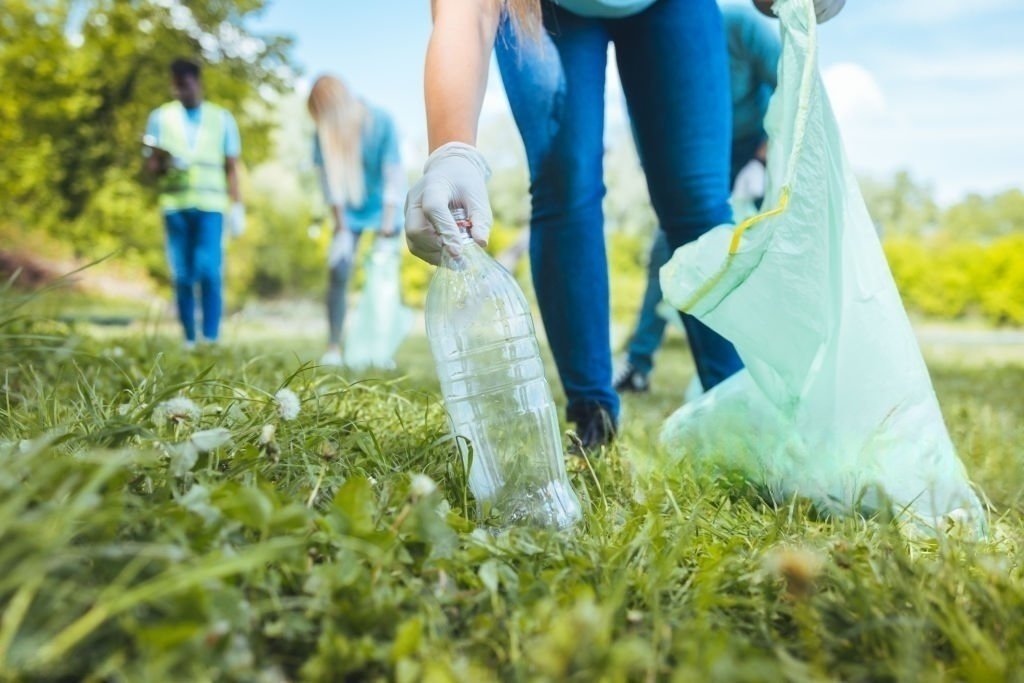
Close your eyes and imagine this: you’re hiking through a vibrant forest in the Pacific Northwest, the air crisp with the scent of cedar, birdsong echoing through the trees. In the distance, snow-capped peaks gleam under a clear sky, and at the trailhead, a local guide smiles warmly, their community thriving thanks to sustainable tourism. This is the future your actions can create—a world where every step you take helps heal the planet and uplifts its guardians. As “Trailbreakers of Insight,” your efforts today pave the way for a greener, fairer tomorrow. Join us, and let’s make this vision real.
